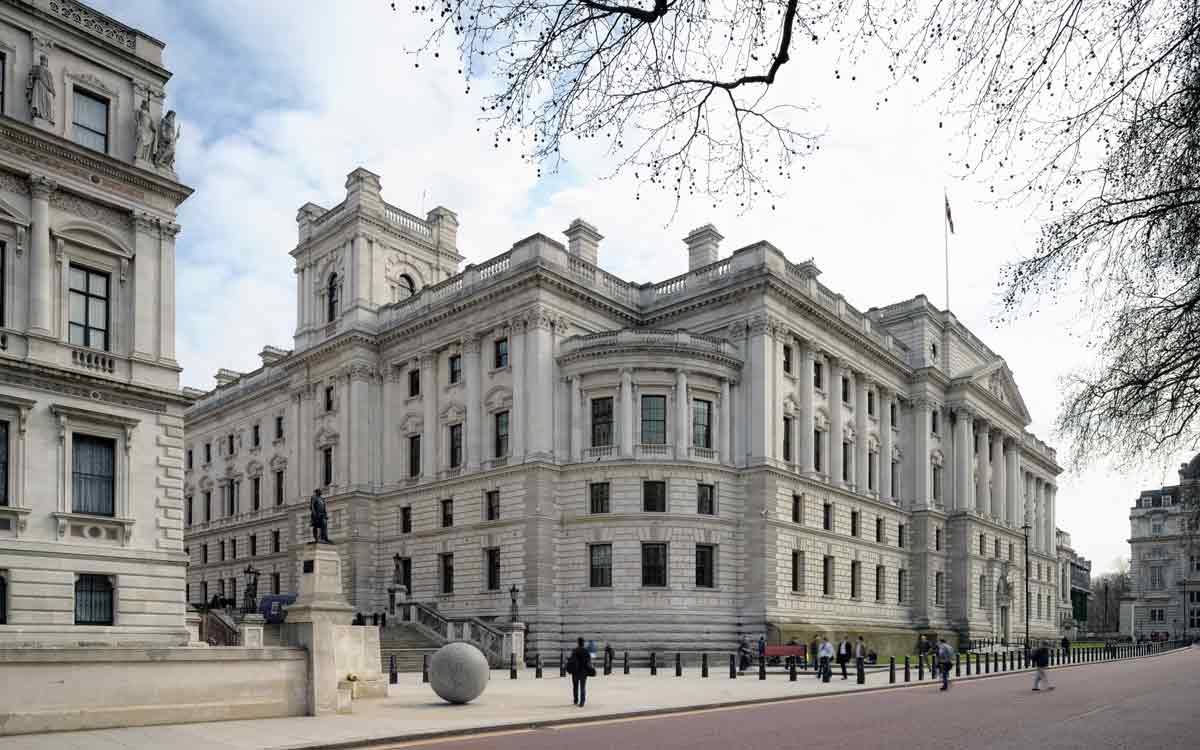'Netting zero' #3: Technology and climate-related financial risk management (“CRFRM”)
The Organisation for Economic Co-operation and Development has estimated that US $6.9 trillion a year until 2030 needs investing to meet the Paris Agreement climate change objectives.
Introduction: necessity and invention
The Organisation for Economic Co-operation and Development has estimated that US $6.9 trillion a year until 2030 needs investing to meet the Paris Agreement climate change objectives.
The global financial services (“FS”) industry is expected to play a significant role in the efforts to deal with climate change. 38 banks from around the world have signed the Collective Commitment to Climate Action (“CCCA”) and pledged to align their portfolios to achieve a net-zero economy and to meet the temperature goals in the Paris Agreement.
In the UK, the Prudential Regulation Authority’s Supervisory Statement (SS3/19) sets out expectations on how banks and insurers should manage climate-related financial risks (“CRFR”). This statement was followed by the UK Government’s Green Finance Strategy and the Financial Conduct Authority’s Feedback Statement on Green Finance.
Both publications made explicit points linking finance and technology in the context of climate change. In particular, the FCA made the point that it had previously consulted on increasing access to “long-term patient capital investment opportunities in unit-linked funds…because enabling greater innovation and access to a wide range of investment opportunities is...likely to be important in funding the cost of the transition to a greener economy [e.g. for] start-up companies developing innovative technologies...”
As explained in our February article on transition risks, climate change is already increasing risk exposures for FS firms. By the same token, there is an expanding global market for carbon neutral products and outcomes, which must necessarily offer them opportunities.
This article considers issues involved in the principle of FS firms being in a position to support climate-risk related technologies.
CRFRM
Our April article on the issues facing the FS industry in the transition to a net zero economy highlighted four key areas where firms need to take action:
- Reporting: “improving the quantity, quality and comparability of climate related financial disclosures by implementing a common framework built on the Taskforce for Climate-related Financial Disclosures recommendations”;
- Risk management: “ensuring that the financial sector can measure and manage climate-related financial risks”;
- Investment return: “helping investors identify the opportunities in the transition to net zero and report how their own portfolios are aligned for the transition”;
- Mobilisation: “increasing private financial flows to emerging and developing economies, by connecting available capital with investable projects and encouraging new market structures”.
Fit for purpose?
On the face of it, technology has an obvious role to play for FS firms to take action as above. In principle, it seems that technology can make the most of – or upgrade – current data and systems, and create entirely new systems with the specific purpose of CRFRM. Developments in artificial intelligence, blockchain, cloud computing and big data have clear potential to enhance or replace current methodologies, such as in relation to:
- the design of environmental/carbon metrics in relation to physical and financial assets;
- aggregation and sharing of public/open data;
- portfolio screening;
- media keyword-tracking to monitor public or social viewpoint trends;
- specialist climate-related products (e.g. 'green bonds'), services and businesses, especially for organisations and projects that might have been rejected on a previous basis.
However, a recent FCA report into technology change management identified some problems for technological improvement in the FS itself, mostly by reason of “legacy” systems (i.e. “An outdated application, technology or programming language that is still in use instead of available upgraded versions”):
- “…technology change is more difficult to implement without disruption when dealing with legacy infrastructure”; and
- “firms are still heavily reliant on manual testing and processes to deliver technology change”
The FCA has previously noted similar difficulties across the UK FS industry (see e.g. its 2019 'Sector Views'), and both the banking and insurance industries have been subject to adverse public comment in this regard – see for instance:
- the FCA’s 2018 Pricing Practices in the [Household] insurance sector thematic review; and
- the 2019 Treasury report on IT failures in the Financial Services Industry.
‘Cart/horse’/‘Chicken/egg’
While the effect should not be exaggerated of FS industry legacy IT as a potential obstacle to CRFRM, it is reasonable to ask if achieving effective CRFRM first requires a firm to ensure it has – via procurement, change management or both – the relevant IT.
Moreover, it may be that FS firms are at an even earlier stage, by which the essential concepts for handling CRFRM first need to be established so that IT can be put in place to make the CRFRM function.
Last month, the Bank for International Settlements (“BIS”) published 'Climate-related financial risks - measurement methodologies'. It's key findings included points on data capture and analysis methodology which require technological improvements by FS firms:
- “On the side of measurement, assessing [CRFR] will require new and unique types of data...:
- ...translating climate risk drivers into economic risk factors;
- ...linking [these] climate-adjusted economic risk [“CAER”] factors to exposures; and
- ...translat[ing] CAER factors and exposures into financial risk.
- The mapping of climate risk drivers to financial exposures also requires classifying and differentiating risks across exposures. These...warrant further investment...
- ...new and more granular data collections...for both physical and transition risk assessments...[including]...
- geolocational data capturing risks of physical damage associated with acute or chronic physical risks...
- transition risks associated with climate adaptation actions at the level of industrial sectors and their constituent firms...
- financial data, notably for highly granular data collections to capture exposures of small and large financial institutions alike.
- Gaps include the quantity and quality of data reported by...counterparties (particularly by smaller firms), as well as issues related to the consistency of risk assessments at both the portfolio and exposure level.
- [There are also] challenges applying consistent risk differentiation between individual exposures at a sufficient level of granularity across jurisdictions, as well as a lack of convergence in data standards limiting exposure comparability for internationally active [institutions].
- On the side of methodologies, approaches suitable for capturing [CRFR] will require further investment, notably to account for uncertainty spanning three areas:
- intrinsic future uncertainty inherent to projections of physical and transition risk drivers and ensuring standardised scenarios;
- measurement uncertainty related to data gaps, which may limit the suitability of back-testing to calibrate loss or damage functions; and
- model-based uncertainty, with more work needed for a robust quantitative assessment of identified climate risk drivers and their impacts...including risks to counterparties, assets, liquidity and operations.”
Conclusions
The BIS report explains that “The systemic nature of climate change might imply many interconnections and feedback loops, non-linearities and tipping points. Areas of methodological work warranting further investment include granular climate risk exposure analysis...[and] enhanced scenario analysis capabilities bridging climate science with financial modelling.”
For BIS, the future holds “both the prospect of climate-related hazards and possible policy and technological shocks and shifts in both market and customer sentiment...” which could result in a range of climate-related financial risks and exposures which FS firms will need to manage.
In other words, effective CRFRM will involve a synthesis of responses to both the action of climate risks and the reaction of climate risk management. The complexity of this synthesis makes effective technology vital for FS firms.
First published by Thomson Reuters Regulatory Intelligence on 17 May 2021.








































